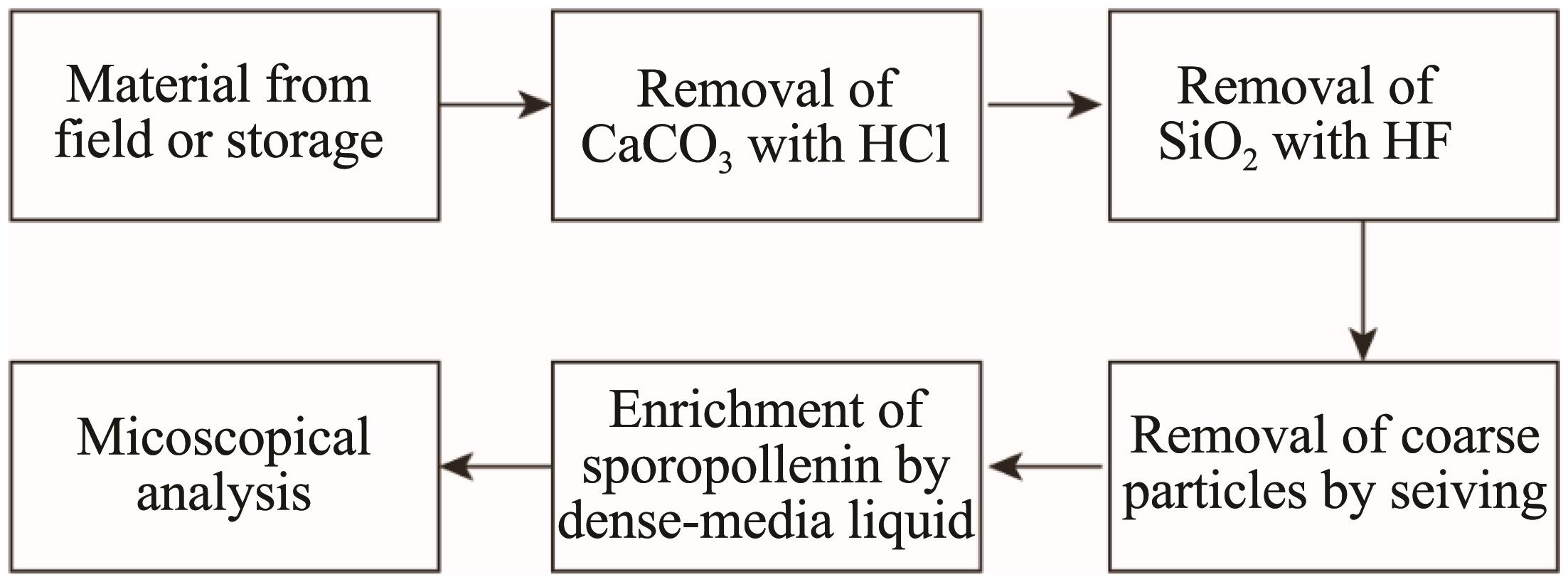"Discover the Best Rat Attractant: Effective Solutions for Rodent Control"
#### Understanding Rat AttractantRat attractant refers to substances or products designed to lure rats into traps or specific areas for effective control an……
#### Understanding Rat Attractant
Rat attractant refers to substances or products designed to lure rats into traps or specific areas for effective control and management. These attractants are essential tools in pest management, especially in urban areas where rodents can pose significant health risks and property damage.
#### Why Use Rat Attractant?
Using a rat attractant can significantly increase the efficiency of your pest control efforts. Rats are naturally curious creatures, and when they detect enticing scents or food sources, they are more likely to approach traps. This behavior is leveraged in various pest control strategies to ensure that traps are not only set but are also effective in capturing these unwanted intruders.
#### Types of Rat Attractants
There are several types of rat attractants available on the market, each with unique properties. Here are some common types:

1. **Food-Based Attractants**: These include peanut butter, dried fruits, and grains, which are highly appealing to rats. They are often used in traditional traps to lure rats effectively.
2. **Chemical Attractants**: Some commercial products contain specific pheromones or chemical compounds designed to attract rats. These can be more effective than food alone, as they target the rat's natural instincts.
3. **Natural Attractants**: For those looking for eco-friendly options, natural attractants such as essential oils or specific plant extracts can be used. These are less harmful to the environment and can still be effective in luring rats.
#### How to Use Rat Attractant Effectively
![]()
To maximize the effectiveness of rat attractants, consider the following tips:
- **Placement**: Put the attractant in areas where you’ve noticed rat activity, such as droppings or gnaw marks. This increases the chances of attracting them to the trap.
- **Quantity**: Use an adequate amount of attractant; too little may not be enticing enough, while too much can lead to waste and may deter rats from approaching the trap.
- **Trap Selection**: Choose the right type of trap that complements your attractant. For food-based attractants, snap traps or bait stations are often the best choices.

- **Regular Checks**: Monitor traps regularly to ensure they are functioning properly and to replace attractants that may have lost their potency.
#### Conclusion
In summary, using a rat attractant is an effective strategy for controlling rodent populations. By understanding the types of attractants available and employing them correctly, you can enhance your pest control efforts significantly. Whether you opt for food-based, chemical, or natural attractants, the key is to ensure that they are used in conjunction with appropriate trapping methods and regular monitoring. This comprehensive approach will help you maintain a rat-free environment and protect your home or business from the dangers associated with rodent infestations.